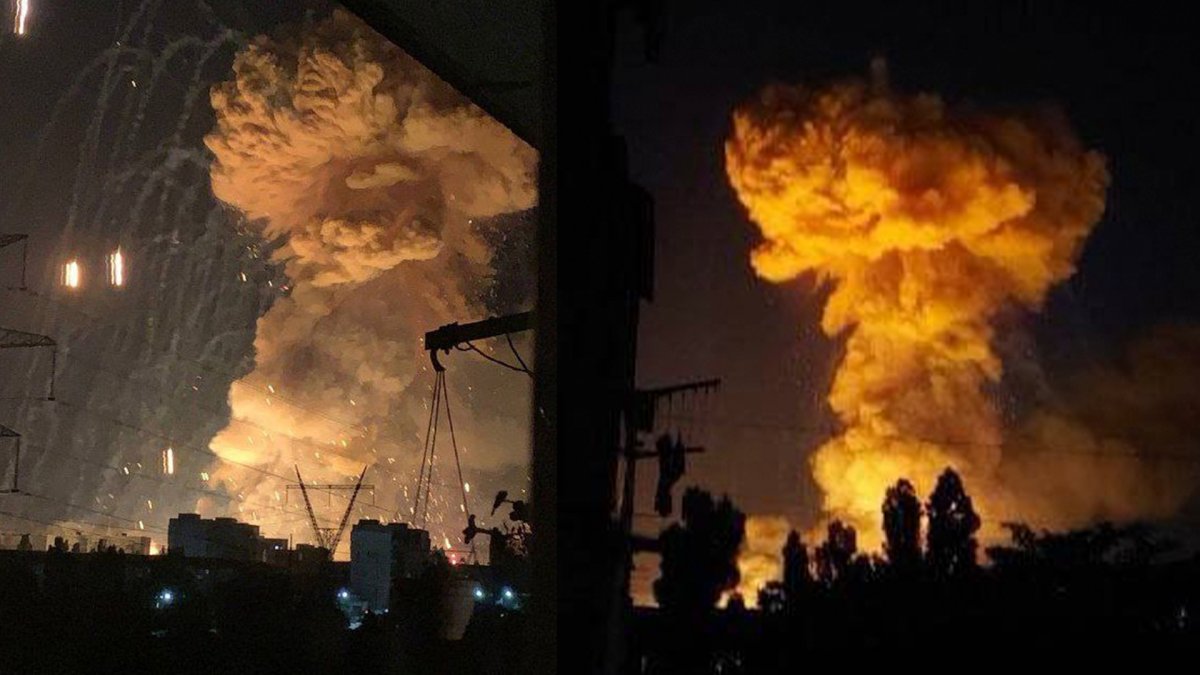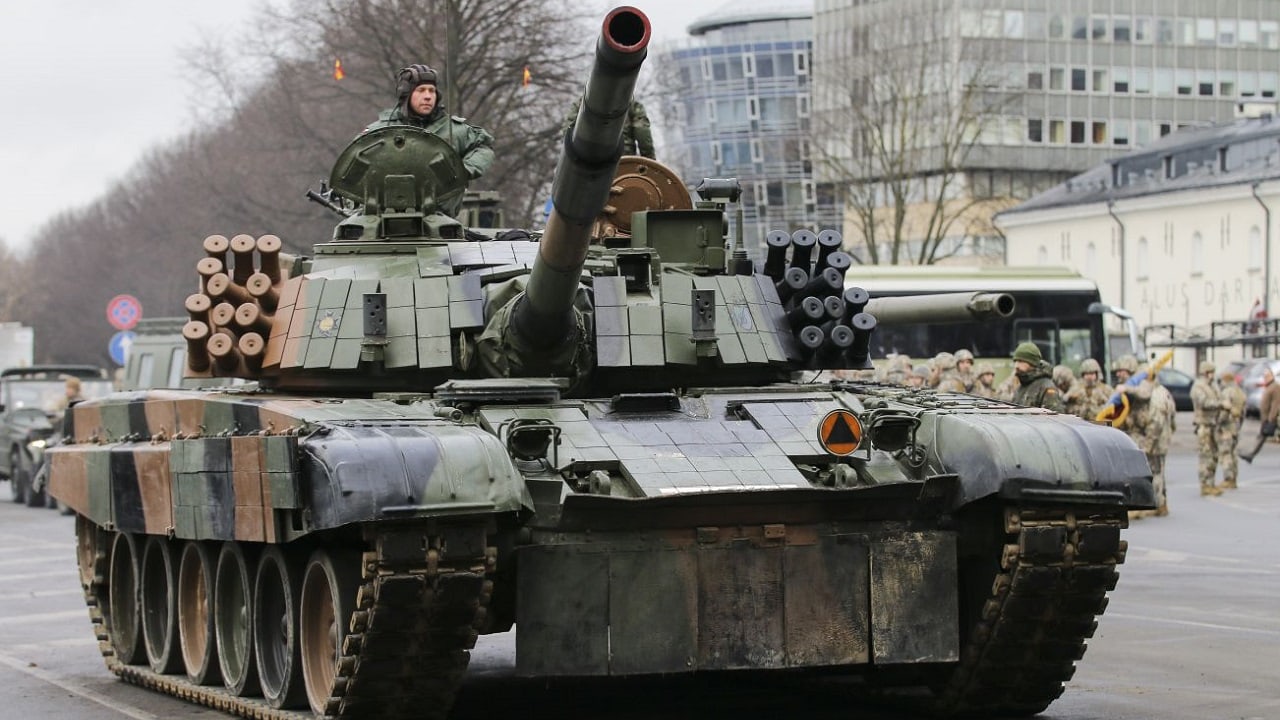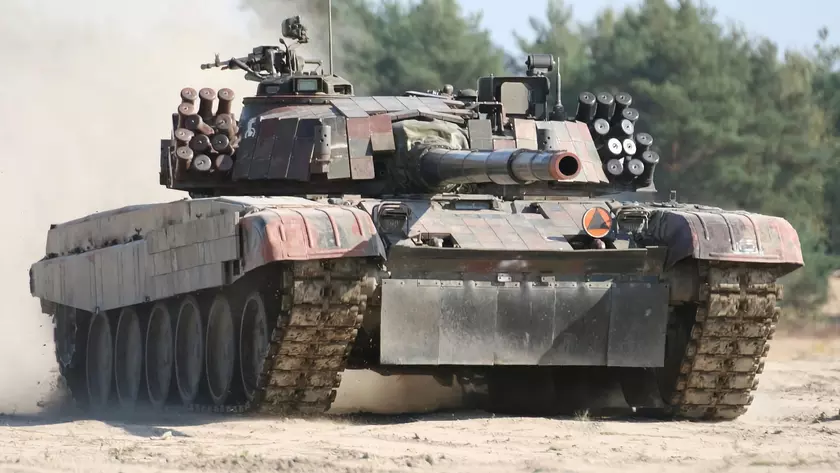Even if they did; would it make an overall difference? Highly doubt it given that various pieces of the equation would have to fall into place in order for the Ukrainians to be able to effectively prevent the Russians from operating in the air.
Active radar guided missiles make the launching aircraft more survivable. With passive radar homing, the aircraft must point its front to the target until the missile hits, and a missile doesn't fly nearly fast enough to make it a truly quick process, especially since for a large portion of flight time, the missile glides at decreasing speeds.
There is a technique called notching, in which aircraft make slight maneuvers, but it still keeps you pointed in the direction of the enemy.
So until you hit, you're flying in the direction of danger, rather than away from it.
As for your other questions, it's up to economists and smarter planners than us to decide whether $40 mil per aircraft is worth it, especially when Russia was deemed far more dangerous than it really is, but had it been done, it would certainly yield high rewards.
Here's an article by Tyler Rogoway from TWZ, about the Mig-21 flown by India. After a little rant about disinformation, he goes on to explain how those ancient fighters, upgraded with 90's and early 2000's avionics, managed to get some advantages vs proper 4th gen aircraft.
The amount of garbage commentary and skewed analysis on the whole shoot down has been unbelievable. Here's the reality, like it or not.

www.thedrive.com
Ukrainian Mig-29 equipped with Israeli avionics of 2020 tech would be a terrifying foe for Russian aircraft and air defenses.
What's more important is that this would likely keep the defense trade open.




